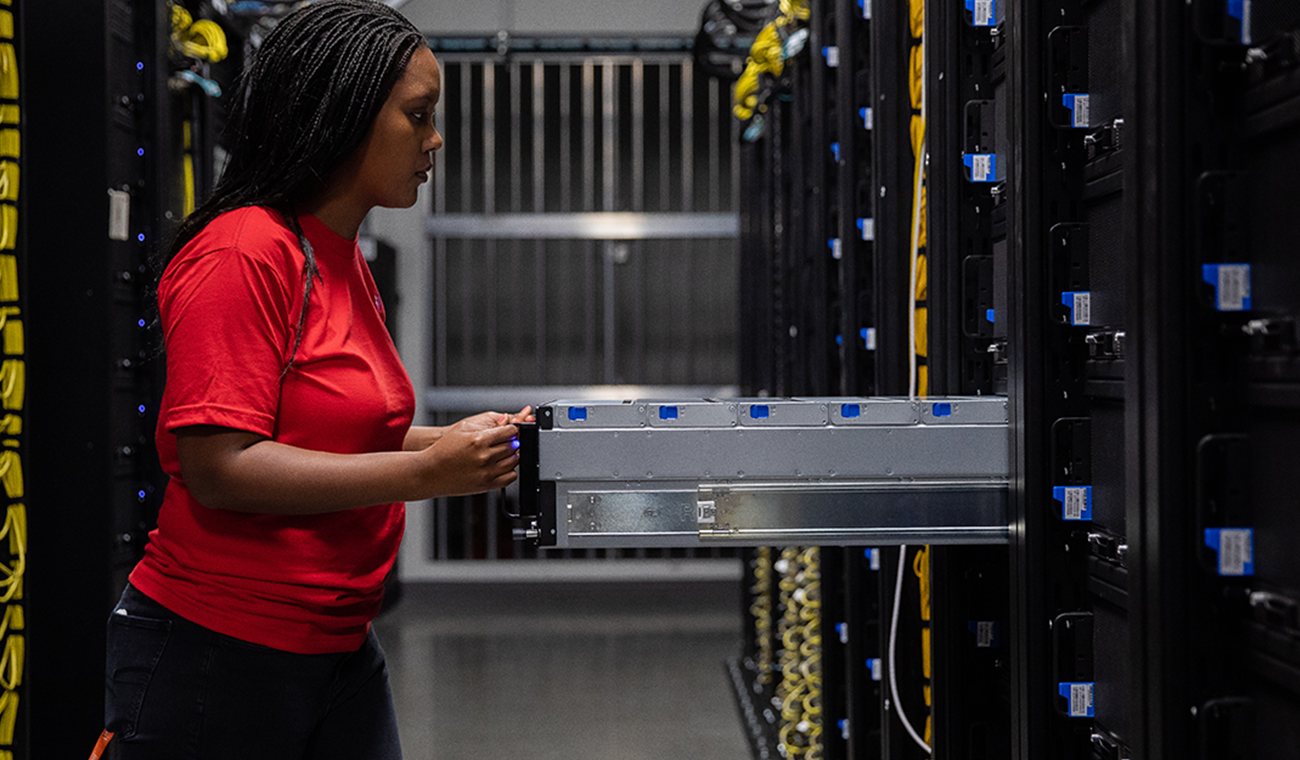Dropbox Expands Global Private Network to Accelerate Sync Speeds for Users
Published on June 19, 2017

Dropbox launches new custom-built regional accelerators across the U.S., Europe and Australia
Dropbox today announced plans to continue expanding its global private network across North America, Europe, and Australia with five new regional accelerators that will increase performance and reliability for its users globally.
As part of this expansion, Dropbox developed and deployed its own custom-built “proxy stack” based on open-source infrastructure in its North American facilities that has helped improve sync speeds and cut networking costs in half.
“Since we began expanding our infrastructure footprint in early 2015, we have cut networking costs outside of North America in half while increasing our industry-leading sync speeds globally by as much as 300 percent,” said Dan Williams, Head of Production Engineering, Dropbox. “This is possible because we have built a global private network that enables us to bypass the complex web of intermediaries that make up the Internet while sending traffic directly to our own cloud infrastructure. We are excited to bring these enhancements to other parts of the world.”
The new regional accelerators will go online in Sydney, Miami then Paris in Q3-2017, and Madrid and Milan in Q4-2017, extending performance benefits beyond these cities to the regions where the accelerators are based. By the end of 2017, Dropbox will have a total infrastructure footprint spanning 25 facilities in ten countries and four continents, including storage for users inside and outside of the U.S.
By establishing network infrastructure in regions where Dropbox is seeing rapid adoption, and connecting them to its data centers over private lines, Dropbox can maintain open connections to carry its traffic using dedicated bandwidth. Each point of presence (PoP) is co-located within third-party data centers that also house infrastructure from other Internet service providers (ISPs); many of which connect directly into Dropbox’s network through thousands of different peering relationships.
As a result, Dropbox users do not need to establish new connections through multiple ISPs every time they access their data. Instead, user data is routed through the nearest Dropbox PoP, lowering latency, reducing the frequency of dropped signals, and ultimately accelerating upload and download speeds. The new PoPs that Dropbox is introducing this year will add to these performance benefits for every user, regardless of location.

Cutting networking costs in half
The Dropbox PoPs outside of the U.S. were developed and built with a custom proxy stack architecture comprised of NGINX servers and open-sourced, IP virtual servers (IPVS) that receive and balance traffic. Dropbox engineers wrote code on top of these custom-built machines to manage traffic flows. This service has helped improve performance and lower costs by reducing dependency on third party hardware manufacturers, and optimizing utilization with load balancers for each specific use case. Starting today, Dropbox is deploying these proxy stacks across all of its U.S. data centers, as well. As a result, it expects to cut its overall costs for networking hardware and gain flexibility to scale with future demand.See more about Dropbox’s peering policy here: dropbox.com/peering
About Dropbox
Dropbox keeps more than 500 million registered users on the same page with easy-to-use collaboration tools and the fastest, most-reliable file sync platform. From the smallest business to the largest enterprise, we make teamwork better. For more information, please visit dropbox.com/news.











